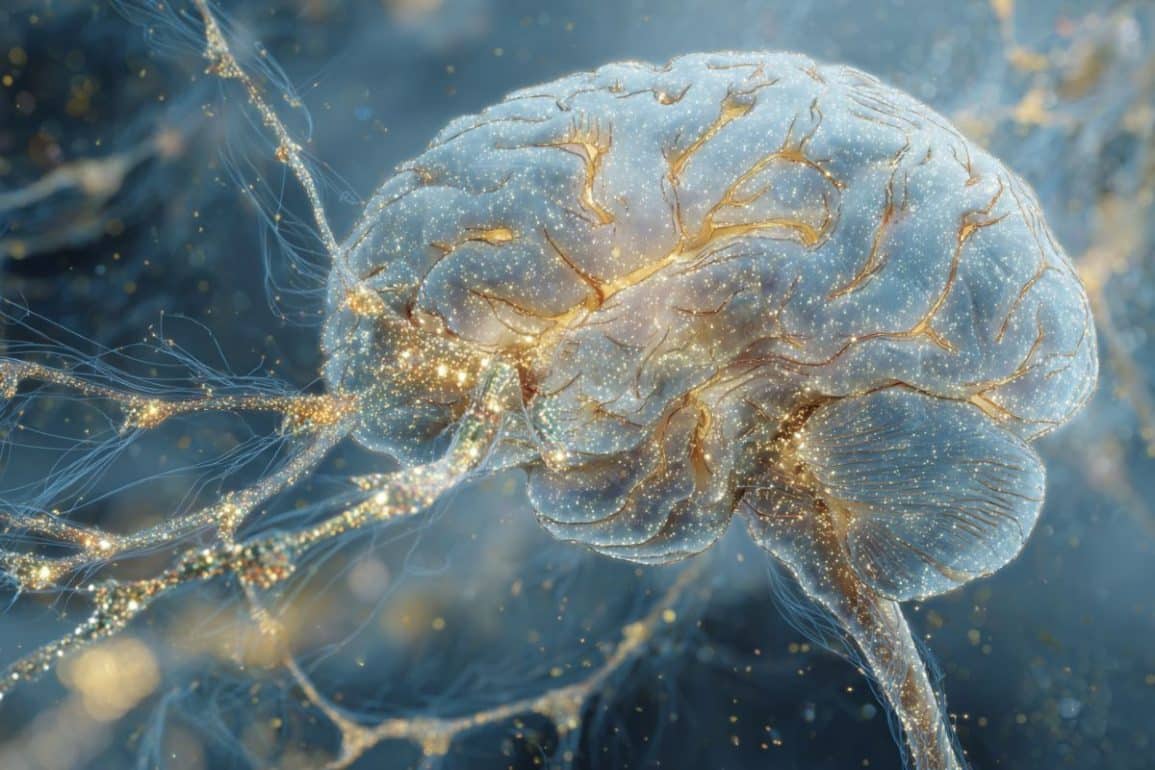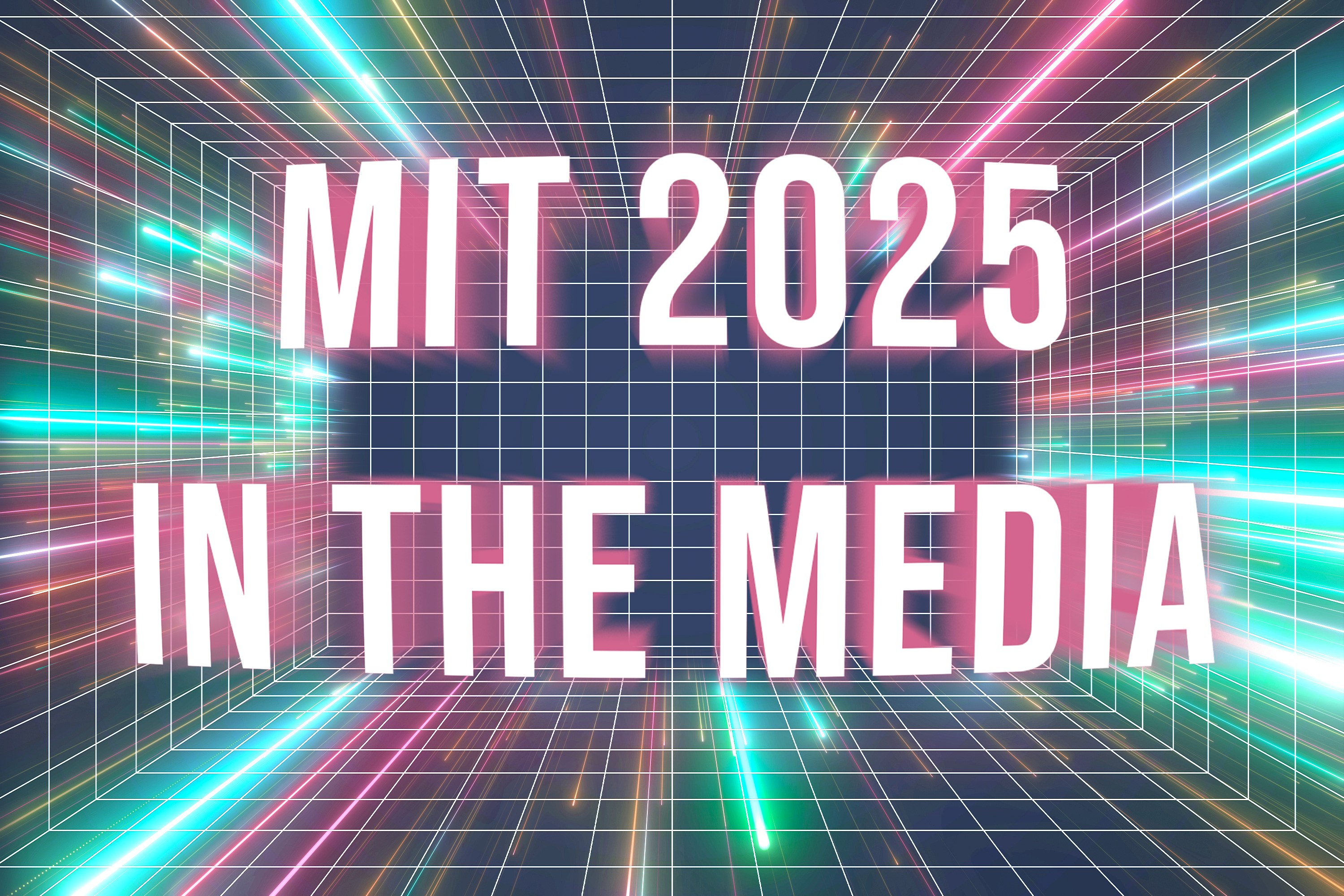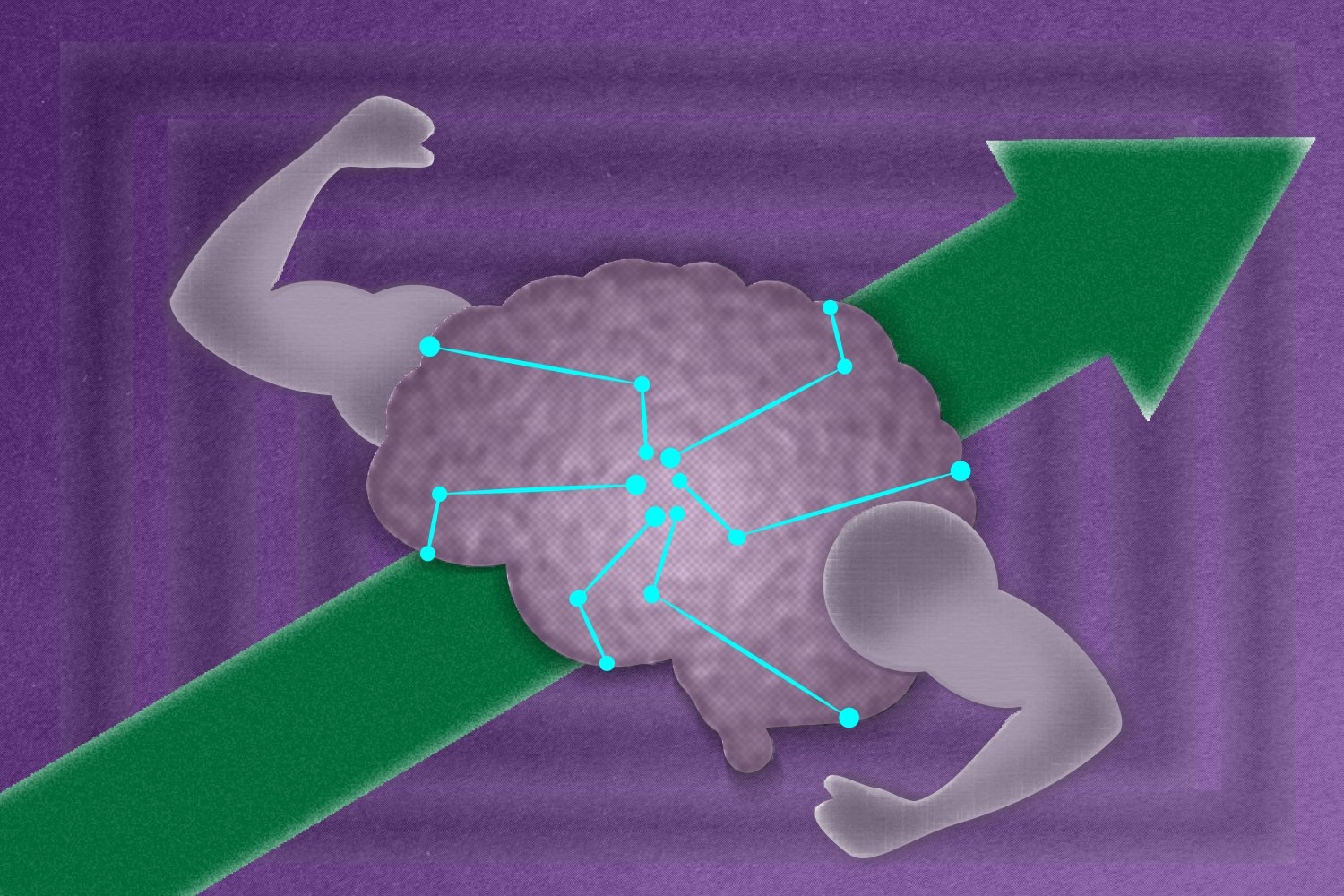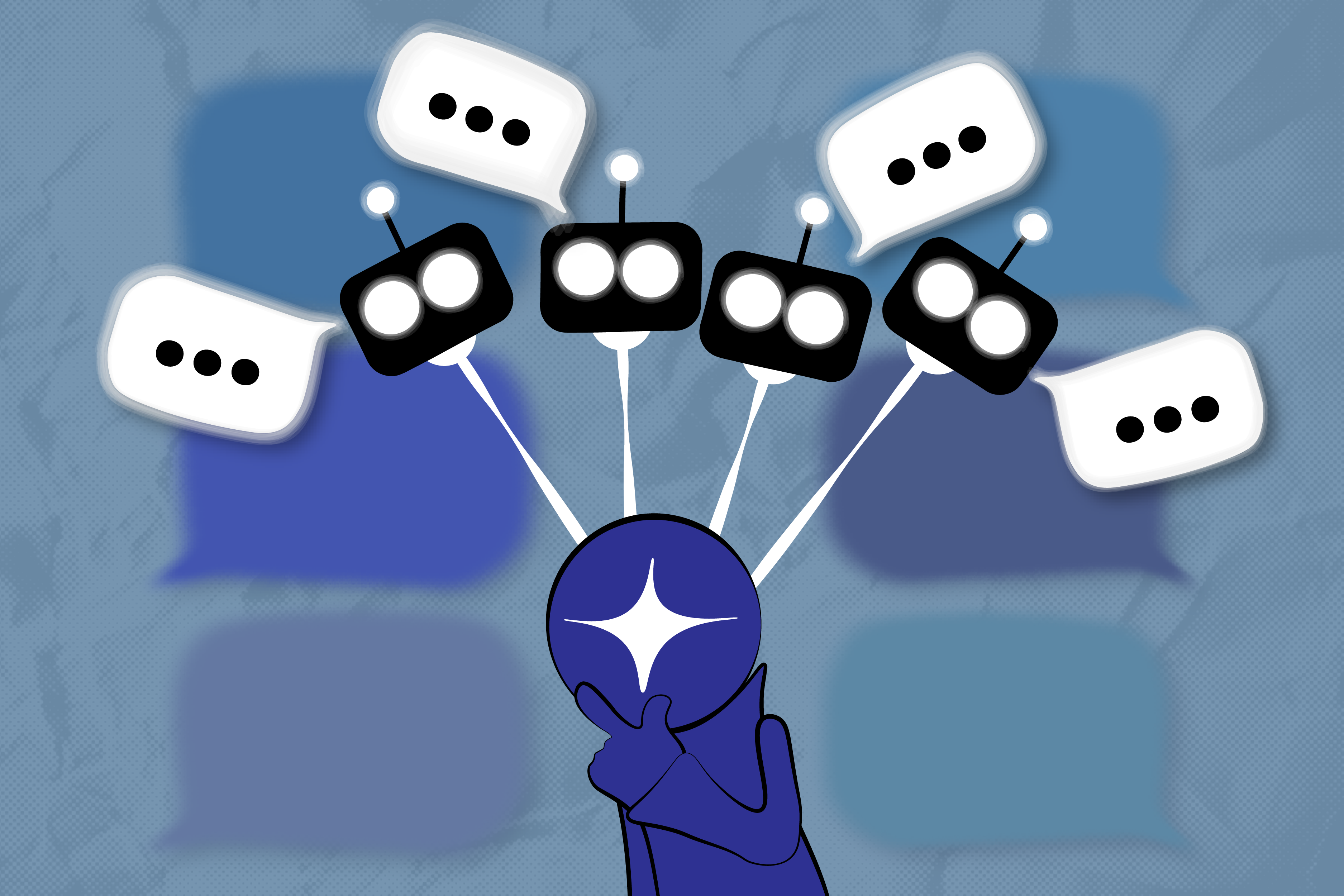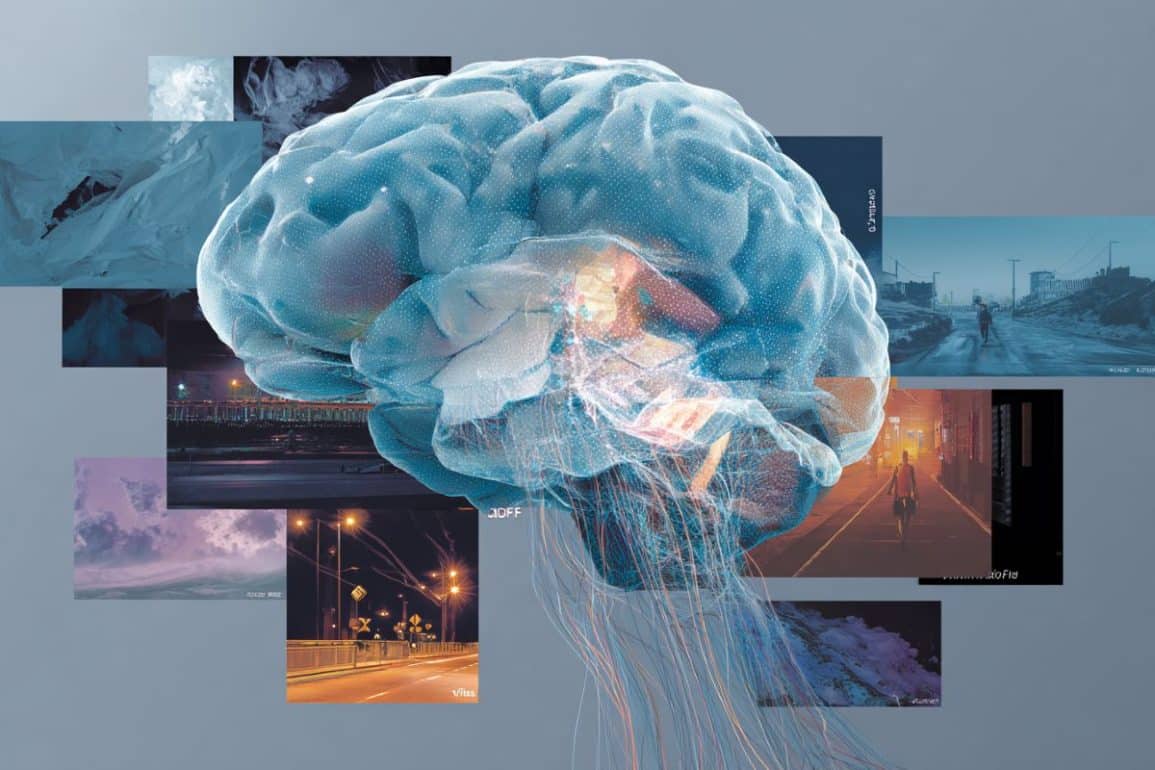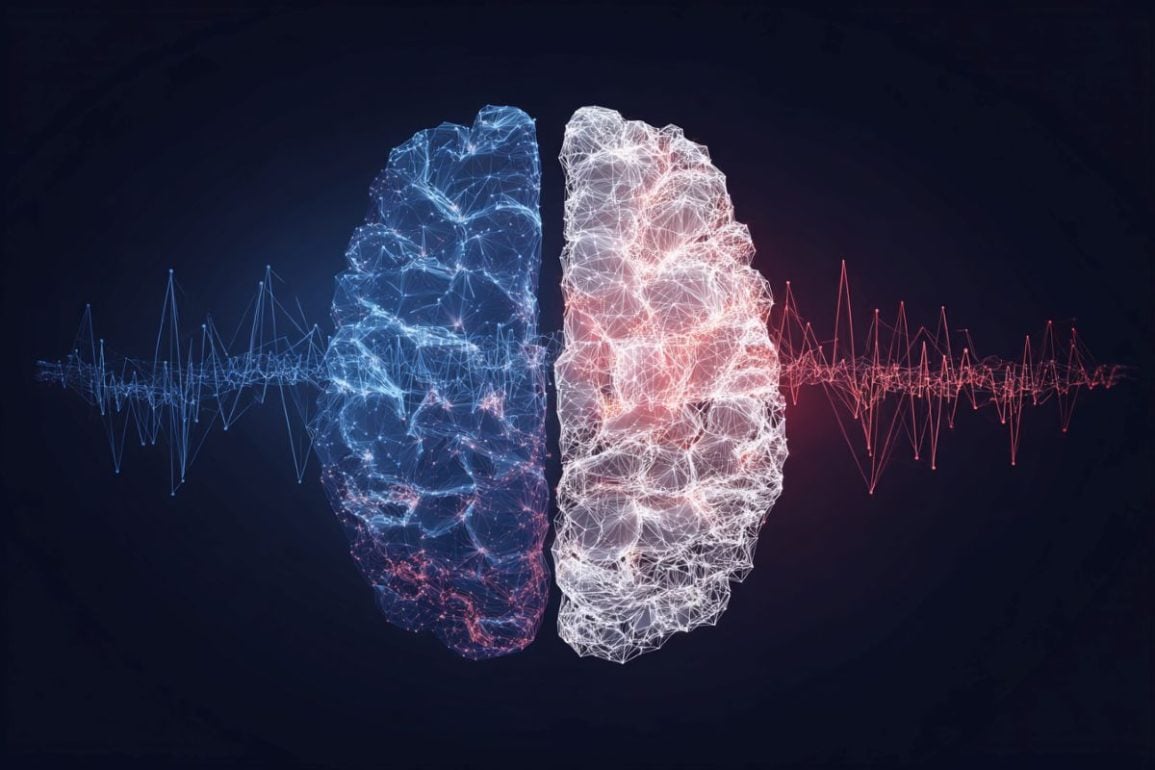Scientists have discovered a giant cosmic filament where galaxies spin in sync with the structure that holds them together. The razor-thin chain of galaxies sits inside a much larger filament that appears to be slowly rotating as a whole. This coordinated motion is far stronger than expected by chance and [...]
Thu, Dec 25, 2025Source Science Daily
This Christmas, astronomers are highlighting a spectacular region of space that looks remarkably like a glowing holiday tree. Known as NGC 2264, this distant star-forming region sits about 2,700 light-years away and is filled with newborn stars lighting up clouds of gas and dust. The stars form a triangular shape [...]
Thu, Dec 25, 2025Source Science Daily
Atomic-scale imperfections in graphene transistors generate unique wireless fingerprints that cannot be copied or predicted, offering a new approach to hardware security for IoT devices. [...]
Thu, Dec 25, 2025Source Nanowerk
Researchers made a strong, flexible plastic from plant cellulose that breaks down quickly in natural environments, unlike many so-called biodegradable plastics. [...]
Thu, Dec 25, 2025Source Nanowerk
If the past 12 months have taught us anything, it’s that the AI hype train is showing no signs of slowing. It’s hard to believe that at the beginning of the year, DeepSeek had yet to turn the entire industry on its head, Meta was better known for trying (and [...]
Thu, Dec 25, 2025Source Technology Review – AI
The 2026 Moto G sticks to last year's tried and trusted formula, offering a decent midrange experience. [...]
Wed, Dec 24, 2025Source ZDNet – Big Data
After a year of reviewing the top hardware and software, here's ZDNET's list of 2025 winners. [...]
Wed, Dec 24, 2025Source ZDNet – Big Data
Hydrogen peroxide is widely used but energy-intensive to produce. A new machine-learning framework helps find catalysts that can make it from water and electricity, and identifies one with about 90% efficiency. [...]
Wed, Dec 24, 2025Source Nanowerk
A flexible neural implant with nanoscale heating elements blocks pain through precise temperature control, draws power wirelessly, and dissolves in the body within weeks. [...]
Wed, Dec 24, 2025Source Nanowerk
Researchers have created a new kind of 3D computer chip that stacks memory and computing elements vertically, dramatically speeding up how data moves inside the chip. Unlike traditional flat designs, this approach avoids the traffic jams that limit today’s AI hardware. The prototype already beats comparable chips by several times, [...]
Wed, Dec 24, 2025Source Science Daily
The widespread adoption of Bluetooth 6 is progressing in audio products, with plenty of features to look forward to once the hardware catches up. [...]
Wed, Dec 24, 2025Source ZDNet – Big Data
Don't panic: You can continue to fly your drone - for now. Here's everything we know so far. [...]
Tue, Dec 23, 2025Source ZDNet – Big Data
A new theoretical framework argues that the long-standing split between computational functionalism and biological naturalism misses how real brains actually compute. The authors propose “biological computationalism,” the idea that neural computation is inseparable from the brain’s physical, hybrid, and energy-constrained dynamics rather than an abstract algorithm running on hardware. In [...]
Tue, Dec 23, 2025Source Neuroscience News – Deep Learning
More than 200 years ago, Count Rumford showed that heat isn’t a mysterious substance but something you can generate endlessly through motion. That insight laid the foundation for thermodynamics, the rules that govern energy, work, and disorder. Now, researchers at the University of Basel are pushing those rules into the [...]
Tue, Dec 23, 2025Source Science Daily
Demis Hassabis, CEO of Google DeepMind, summed it up in three words: “This is embarrassing.”
Hassabis was replying on X to an overexcited post by Sébastien Bubeck, a research scientist at the rival firm OpenAI, announcing that two mathematicians had used OpenAI’s latest large language model, GPT-5, to find solutions to [...]
Tue, Dec 23, 2025Source Technology Review – AI
“At MIT, innovation ranges from awe-inspiring technology to down-to-Earth creativity,” noted Chronicle, during a campus visit this year for an episode of the program. In 2025, MIT researchers made headlines across print publications, podcasts, and video platforms for key scientific advances, from breakthroughs in quantum and artificial intelligence to new efforts [...]
Mon, Dec 22, 2025Source MIT – AI
A new AI developed at Duke University can uncover simple, readable rules behind extremely complex systems. It studies how systems evolve over time and reduces thousands of variables into compact equations that still capture real behavior. The method works across physics, engineering, climate science, and biology. Researchers say it could [...]
Mon, Dec 22, 2025Source Science Daily – Cybernetics
Spanish researchers have created a powerful new open-source tool that helps uncover the hidden genetic networks driving cancer. Called RNACOREX, the software can analyze thousands of molecular interactions at once, revealing how genes communicate inside tumors and how those signals relate to patient survival. Tested across 13 different cancer types [...]
Sun, Dec 21, 2025Source Science Daily – Cybernetics
In August 2025, Wang Lei decided it was finally time to say goodbye to his electric vehicle.
Wang, who is 39, had bought the car in 2016, when EVs still felt experimental in Beijing. It was a compact Chinese brand. The subsidies were good, and the salesman talked about “supporting domestic [...]
Thu, Dec 18, 2025Source Technology Review – AI
Even networks long considered “untrainable” can learn effectively with a bit of a helping hand. Researchers at MIT’s Computer Science and Artificial Intelligence Laboratory (CSAIL) have shown that a brief period of alignment between neural networks, a method they call guidance, can dramatically improve the performance of architectures previously thought [...]
Thu, Dec 18, 2025Source MIT – AI
Most languages use word position and sentence structure to extract meaning. For example, “The cat sat on the box,” is not the same as “The box was on the cat.” Over a long text, like a financial document or a novel, the syntax of these words likely evolves. Similarly, a person [...]
Thu, Dec 18, 2025Source MIT – AI
Rolling out enterprise-grade AI means climbing two steep cliffs at once. First, understanding and implementing the tech itself. And second, creating the cultural conditions where employees can maximize its value. While the technical hurdles are significant, the human element can be even more consequential; fear and ambiguity can stall momentum [...]
Tue, Dec 16, 2025Source Technology Review – AI
As language models (LMs) improve at tasks like image generation, trivia questions, and simple math, you might think that human-like reasoning is around the corner. In reality, they still trail us by a wide margin on complex tasks. Try playing Sudoku with one, for instance, where you fill in numbers [...]
Fri, Dec 12, 2025Source MIT – AI
Researchers have developed an AI-driven brain model that can track fear as it unfolds in real-world situations, offering a major shift from traditional lab-based approaches. Classic fear studies often rely on static images, but these do not reflect how the brain processes fear in dynamic contexts. [...]
Fri, Dec 12, 2025Source Neuroscience News – Deep Learning
New research shows that deep learning can use EEG signals to distinguish Alzheimer’s disease from frontotemporal dementia with high accuracy. By analyzing both the timing and frequency of brain activity, the model uncovered distinct patterns: broader disruption across multiple regions in Alzheimer’s and more localized frontal and temporal changes in [...]
Wed, Dec 10, 2025Source Neuroscience News – Deep Learning
BISC is an ultra-thin neural implant that creates a high-bandwidth wireless link between the brain and computers. Its tiny single-chip design packs tens of thousands of electrodes and supports advanced AI models for decoding movement, perception, and intent. Initial clinical work shows it can be inserted through a small opening [...]
Wed, Dec 10, 2025Source Science Daily – Cybernetics
A new study shows that integrating artificial intelligence with advanced proximity and pressure sensors allows a commercial bionic hand to grasp objects in a natural, intuitive way—reducing cognitive effort for amputees. By training an artificial neural network on grasping postures, each finger could independently “see” objects and automatically move into [...]
Tue, Dec 09, 2025Source Neuroscience News – Deep Learning
Researchers have built a fully implantable device that sends light-based messages directly to the brain. Mice learned to interpret these artificial patterns as meaningful signals, even without touch, sight, or sound. The system uses up to 64 micro-LEDs to create complex neural patterns that resemble natural sensory activity. It could [...]
Mon, Dec 08, 2025Source Science Daily – Cybernetics

